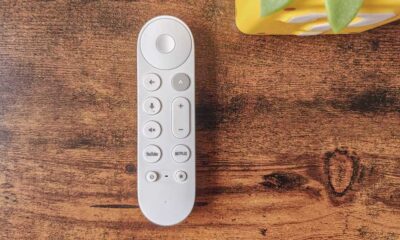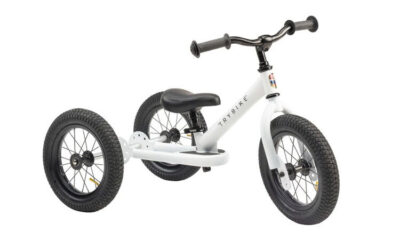Children often use their senses to explore the world, with oral stimulation playing a vital role in their development and self-regulation. Chew toys for kids can offer a safe and effective way to meet this need. This post delves into the advantages of chew toys for kids, considerations to keep in mind when using them, and tips for selecting the best ones.
Benefits Of Chew Toys For Kids


- Provide a Sensory Filter: Chew toys with sensory features can help in organizing and filtering sensory information, allowing a child to process information more effectively and generate appropriate responses.
- Improve Mouth Motor and Facial Muscles: Sensory chew toys can aid in reducing food aversions, as well as supporting muscle development and exploration of mouth motor skills. These toys expose children to various sensations, enhancing oral coordination for activities like eating, drinking, and speaking.
- Reduce Social Anxiety and Enhance Social Skills: Children, especially those with autism, often experience anxiety which can lead to chewing behaviors. Using chew toys can help children manage stress levels and improve social interactions by promoting a sense of calm and reducing social anxiety.
- Enhance Mood, Concentration, Focus, and Attention: Chew toys can contribute to improved motor skills, focus, and attention, leading to better performance in various settings. Additionally, children can learn to self-soothe and relax with the use of sensory chew toys, resulting in fewer meltdowns and more positive behaviors.
- Satisfy a Desire: Oral sensory devices can help reduce chewing urges by providing the appropriate oral input that a child may be seeking.
How To Use Chew Toys?
While chew toys for kids offer numerous benefits, it is important to use them cautiously:
- Identify the Root Cause: Before introducing chew toys, determine why the child is chewing. Consulting with healthcare professionals can help identify if the behavior is linked to dietary deficiencies or underlying health conditions.
- Choose Appropriate and Safe Toys: Select chew toys made of durable, non-toxic materials for oral use, ensuring they do not contain small parts that could pose a choking hazard.
- Monitor Usage: Regularly inspect chew toys for wear and tear, replacing them as needed to maintain safety. Supervise children, especially those prone to aggressive chewing behavior.
- Incorporate into a Sensory Diet: Include chew toys as part of a comprehensive sensory diet tailored to the child’s specific needs. Integrating activities that offer diverse sensory inputs can support overall regulation.
How To Select A Chew Toy


Consider the following factors when choosing a chew toy:
- Material: Opt for natural rubber or medical-grade silicone for durability and oral safety.
- Texture: Different textures can provide various sensations, catering to individual preferences. Some children may prefer smooth surfaces, while others may benefit from textured options for tactile stimulation.
- Design and Size: Ensure the toy’s size and shape match the child’s age and chewing ability. Select toys that are free from choking hazards and easy to grip.
- Ease of Cleaning: Choose toys that are easy to clean and disinfect to prevent bacterial buildup, maintaining proper hygiene.
Summary!
Have you found the information you need to select the right chew toys for kids? Feel free to share your thoughts with us.
Tinydale is on YouTube, Click here to subscribe for the latest videos and updates.
Follow Us: Facebook | Instagram | Twitter | Youtube | Pinterest








































